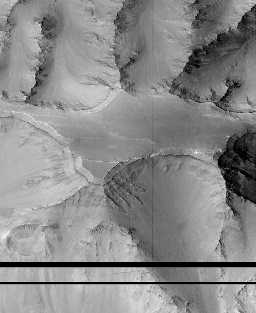A plateau and surrounding
steep slopes within the Valles Marineris.
Click on image for full size
Image from: Malin Space Science Systems
Gullies of Valles Marineris
This view of Valles Marineris shows debris-filled gullies with intervening rocky spurs, reminiscent of terrestrial canyons.
Layered rocks on Earth form from
- sedimentary processes (such
as those that formed the layered rocks now seen in Arizona's
Grand Canyon) and
- volcanic processes (such as layering seen in
the Waimea Canyon on the island of Kauai).
Both origins are
possible for the Martian layered rocks seen in Valles Marineris.
The layered rocks seen in
these images indicates that there may have been a complex and extremely active early
history for geologic processes on Mars.
You might also be interested in:
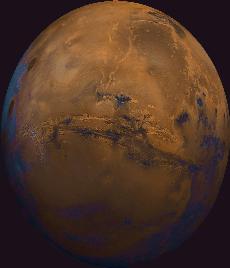
Next to the Tharsis Ridge is Valles Marineris. Valles Marineris is a large system of canyons that stretches 4000 km (2500 mi) along the equator of Mars. It was first imaged in detail by Mariner 9. As can
...more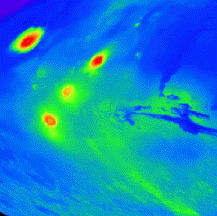
On this map of Mars, the lightly cratered Tharsis Ridge is shown, as well as the heavily cratered Martian highlands (near the bottom of the picture), and Valles Marineris to the right. The volcanoes are
...more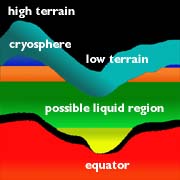
On Mars, the water is trapped, frozen, within the ground. Nevertheless, there is evidence for running water on Mars. When the water is melted and released to the surface, it will run from higher ground
...more
The drawing shows a crossection of the crust, and the unusual altitude variation of the Martian surface. The figure illustrates the depth of frozen ground at various latitudes, called the cryosphere. The
...more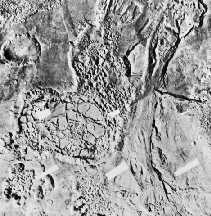
Separate from the Martian outflow channels, or the river valley networks, are large Martian lakes (600 km, or ~1000 miles across) which exhibit evidence of a periodic and catastrophic release of water
...more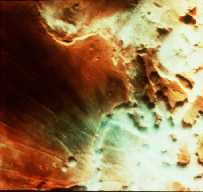
This is an image of fog in a Martian canyon. The presence of fog provides evidence of water, and a water cycle on Mars. More fog has been seen in images returned by Mars Global Surveyor of the south polar
...more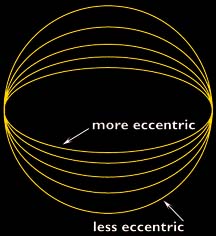
The Martian climate is more influenced by the shape of the Martian orbit than the climate of the Earth is influenced by the shape of the Earth's orbit. The orbit of Mars is more oval-shaped than that
...more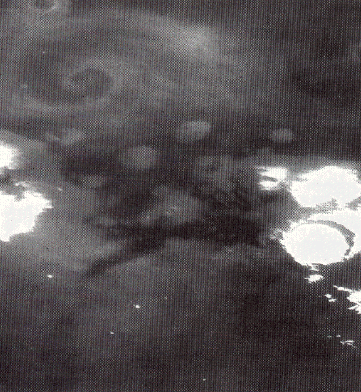
This is an image of a storm moving across the Martian terrain. The camera is looking down upon the storm and the storm front forms a spiral pattern, the same way terrestrial storms are presented on the
...more


